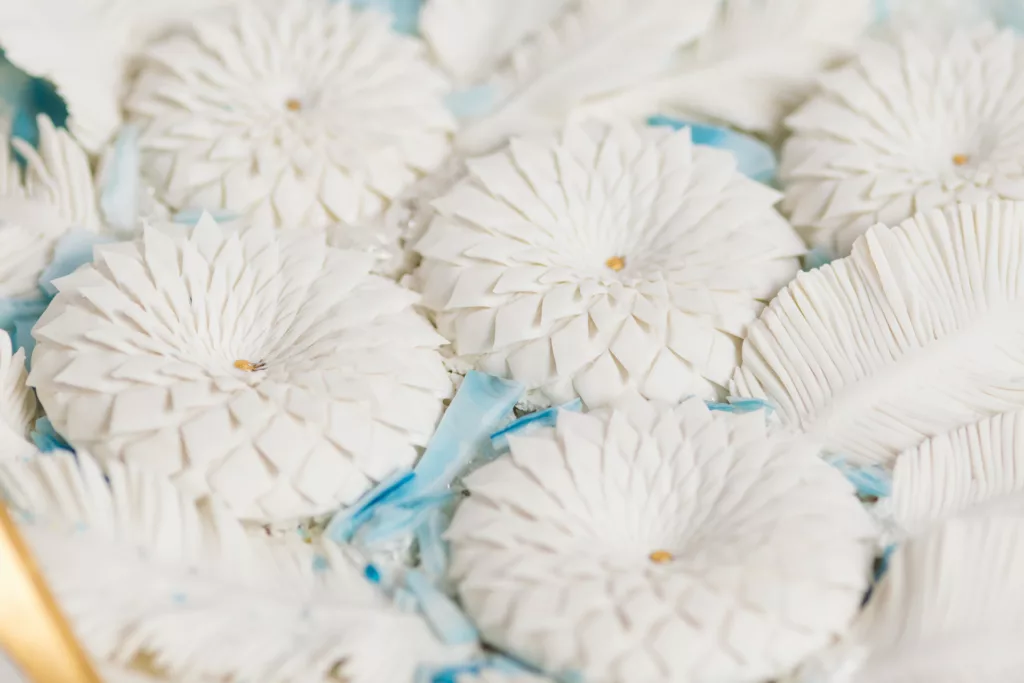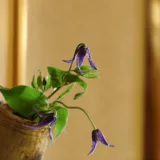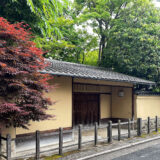Wagashi(traditional Japanese sweets) are special for their visual beauty and their evocation of Japan’s four seasons, culture, and traditions.
This delicate sweetness celebrates the changing nature of the seasons and adds color to not only annual events such as festivals and seasonal festivals but also to our daily lives as Japanese people.
Tastes and Shapes Reflect the Four Seasons
Wagashi expresses the four seasons. In spring, cherry blossoms and strawberries are used in confections such as Sakura Mochi 桜餅 and Strawberry Daifuku 大福, which attract people. Cool water, yokan 羊羹, and shaved ice relieve the heat in summer. In autumn, wagashi made with chestnuts and sweet potatoes herald the change of seasons, and in winter, Zenzai ぜんざい and Oshiruko お汁粉 warm the heart. These seasonal wagashi remind us of our connection with nature.

Tea Ceremony and Wagashi
Known for their beauty and delicate taste, wagashi is also an essential part of the traditional Japanese tea ceremony.
Two main types of confectionery are used in tea ceremonies: leading confectionery and dried confectionery.
In particular, the leading confectionery is an essential element in Chanoyu 茶の湯. It expresses the sense of seasonality and conveys the spirit of harmony, symbolizing the theme of the tea ceremony and the seasons.
Therefore, Omogashi 主菓子, the main confections are made by professional artisans, such as “Kashisho 菓子匠” and “Okashi-tukasa 御菓子司,” in consultation with the tea ceremony host.
They use carefully selected ingredients, reflect the changing seasons and special festivals, and are made with delicate senses and reliable techniques.

Beauty as a Kogei Art
The visual beauty of wagashi is also of great value. Wagashi are considered a craft in the tea ceremony, and their shape, color, and texture are valued. Each fine confection is handmade by craftsmen and is appreciated as a work of art at the tea ceremony. In this way, the main confectionery symbolizes the pursuit of beauty in tea.

One of the techniques used to make the leading confectionery is the HasamiKiku はさみ菊 “scissors chrysanthemum” technique, in which scissors are inserted into nerikiri to form the chrysanthemum’s petals.
Inspired by this technique, Hayashi Yuko 林 侑子, a ceramic artist currently exhibiting her work at Kogei Art KYOTO, has created a series of works.
She took inspiration from the “scissors chrysanthemum” technique and applied it to ceramics, making many minor modifications to insert scissors into the clay. Finally, she established the Tsuchihasami 土鋏 “clay scissors” technique.


Conclusion
Wagashi are not only beautiful to look at but are a special reminder of Japan’s four seasons, culture, and traditions.
Through these delicately sweet treats, we can sense Japan’s reverence for nature, the bonds between people through festivals and festivals, and respect for the skills of craftsmen.
Tasting wagashi is a step toward a deeper understanding of Japanese culture.




